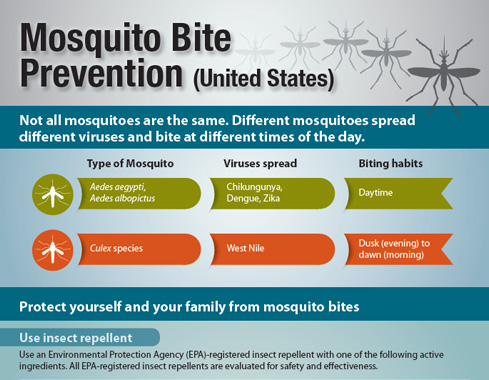
Obesity
Physical Fitness
Physical activity is vital for a child’s development and lays the foundation for a healthy and active life. Early childhood services are ideally placed to foster the development of good physical activity habits early in life and to encourage families to engage in regular physical activity.
Early childhood services should offer a wide choice of play-based, physically active learning experiences that link to children’s interests, abilities, identity and prior knowledge. Physical activity in childcare needs to be made up of both spontaneous and intentionally planned active play (child-initiated and educator-led) that can be done indoors or outdoors. In addition, as active role models, educators can encourage children to participate in physical activity.
The benefits of being active for young children include:
- promoting healthy growth and development
- helping to achieve and maintain a healthy weight
- building strong bones and muscles
- improving cardiovascular fitness
- improving balance, coordination and strength
- maintaining and developing flexibility
- improving posture
- assisting with the development of gross motor and fine motor skills
- providing the opportunity to develop fundamental movement skills
- helping to establish connections between different parts of the brain
- improving concentration and thinking skills
- improving confidence and self-esteem
- relieving stress and promoting relaxation
- providing opportunities to develop social skills and make friends
- improving sleep
Childhood Obesity (Pediatric Obesity)
- Medium-term: resolves within months
- Usually self-treatable
- Usually self-diagnosable
- Lab tests or imaging not required
Overview
In the United States, the percentage of children and adolescents affected by obesity has more than tripled since the 1970s. Data from 2015-2016 show that nearly 1 in 5 school age children and young people (6 to 19 years) in the United States has obesity.
Obesity is defined as having excess body fat. Body mass index (BMI) is a widely used screening tool for measuring obesity. BMI is a person’s weight in kilograms divided by the square of a person’s height in meters. Scientists have found that BMI is moderately related to direct measures of body fatness. Measuring height and weight is easier and less expensive than other methods for assessing weight status.
CDC recommends that health professionals use BMI percentile when measuring the bodies of children and young people aged 2 to 20 years. BMI percentile takes into account that young people are still growing and are growing at different rates depending on their age and sex. Health professionals use growth charts to determine whether a young person’s weight falls into a healthy range for his or her height, age, and sex.
- CDC defines overweight in children and young people as a BMI at or above the 85th percentile and less than the 95th percentile for young people of the same age and sex.
- CDC defines obesity in children and young people as BMI at or above the 95th percentile for young people of the same age and sex.
Causes of Obesity
Consuming more energy from foods and beverages than the body uses for healthy functioning, growth, and physical activity can lead to extra weight gain over time.The Dietary Guidelines for Americans encourage children and adolescents to maintain calorie balance to support normal growth and development without promoting excess weight gain.Energy imbalance is a key factor behind the high rates of obesity seen in the United States and globally.
Many factors contribute to childhood obesity, including:
- Genetics
- Metabolism—how your body changes food and oxygen into energy it can use.
- Community and neighborhood design and safety.
- Short sleep duration.
- Eating and physical activity behaviors.
Genetic factors are difficult to change. However, people and places can play a role in helping children achieve and maintain a healthy weight. Families, communities, schools, out-of-school programs, medical care providers, faith-based institutions, government agencies, the media, food and beverage companies, and entertainment industries all influence the dietary and physical activity behaviors of children and adolescents.
Changes in the environments where young people spend their time—like homes, schools, and community settings—can make it easier to achieve and maintain a healthy weight. Schools can adopt policies and practices that help young people eat more fruits and vegetables, get at least 60 minutes of physical activity daily, and eat fewer foods and beverages that are high in added sugars or solid fats.
References:
www.cdc.com




